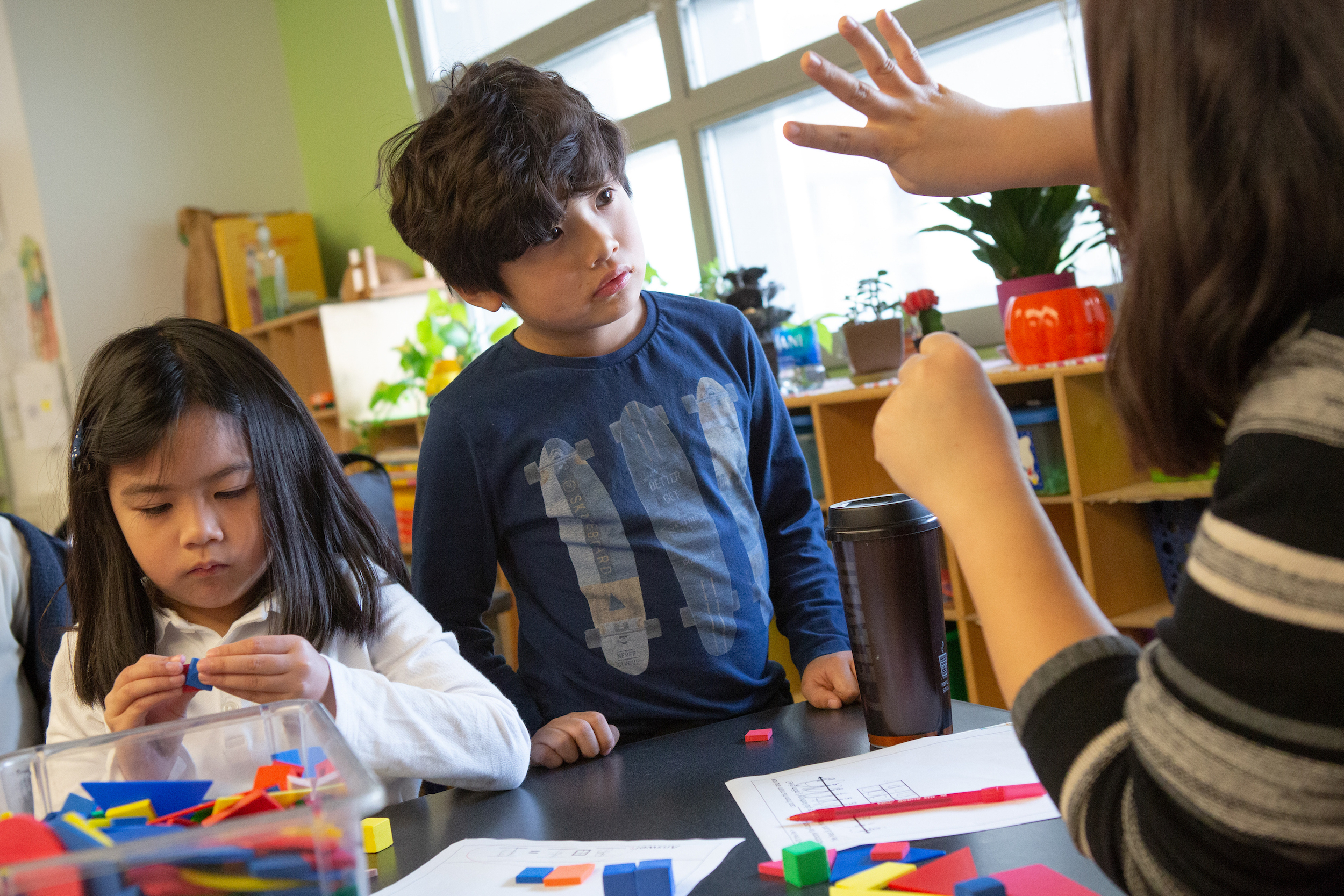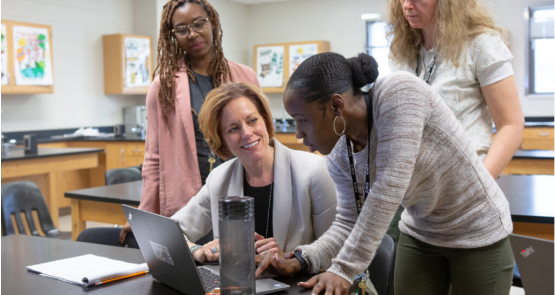
Teaching Critical Thinking: When There’s A Will But Not A Way
When asked to rank the skills they most want in their employees and co-workers, employers and human resource professionals almost always put critical thinking at or near the top of the list. Yet these same business leaders have long lamented a lack of critical thinking skills in the people they hire. The general public is near unanimous in its support of critical thinking. Our 2021 survey found that 95 percent of Americans believe that critical thinking skills are important in today’s world, yet 85 percent of the respondents said critical thinking skills are lacking in the general public.
Why the gap? If there is near universal agreement that critical thinking skills are essential for success in work and life, why are so many people so bad at it?
New survey data from the National Assessment of Educational Progress (NAEP) sheds some light on the issue. The data from NAEP – an educational assessment known as The Nation’s Report Card – shows a gulf between the desire to teach students how to think critically and the amount of time teachers spend doing so. According to NAEP, the teaching of critical thinking skills in America’s classroom is uneven at best and in some cases is happening only rarely.
According to NAEP, fewer teachers than one might expect reported implementing key elements of critical thinking in a meaningful way:
- Only five states – Florida, Georgia, Louisiana, Mississippi, and New Mexico – had at least 50 percent of their 8th grade teachers report that they place “quite a bit or a lot of emphasis” on teaching their students to engage in deductive reasoning – a vital component of critical thinking.
- Nationally, only 39 percent of 8th grade teachers reported putting “quite a bit” or “a lot” of emphasis on deductive reasoning.
Developmental psychologists have noted that beginning at around age 13, adolescents can begin to acquire and apply formal logical rules and processes. In the teenage years, social pressures accelerate, and with the internet and social media, these pressures move faster and with more force. Critical thinking skills can prove to be a valuable resource for teenagers to help cope with these pressures. Critical thinking can also play a role in helping young adults choose and pursue long-term academic or career goals, by helping them construct long-term plans. Finally, critical thinking is an indispensable tool in helping young people understand and analyze the wealth of information sources now bombarding them.
These numbers in the NAEP survey reflect a missed opportunity for educators to lay the groundwork for developing the critical thinking skills that young people need to navigate our modern world.


